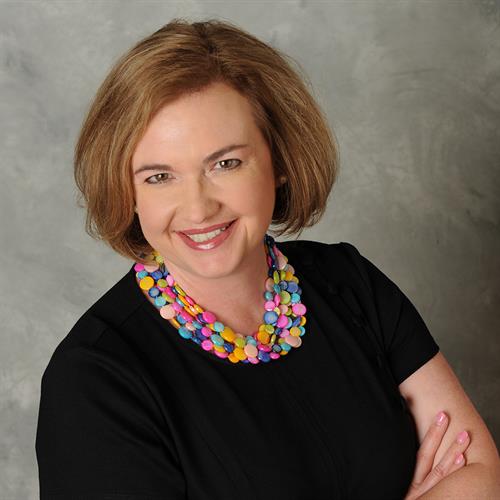posted by Alecia Kintner ON
Feb 23, 2018

Ten years ago, Cincinnatians asked more from the arts.
The call came in the form of research commissioned by the Fine Arts Fund, as ArtsWave was then known. A major communications study by the Topos Group confirmed that Cincinnati’s residents understood the arts sector to deliver value. However, to everyone’s surprise, that value was perceived to accrue differently than we had assumed.
Cincinnati showed the rest of the country something fundamental: the value of the arts is widely felt to be a “ripple effect” of benefits that reverberate throughout a community. Arts that are accessible and flourishing in cities and neighborhoods yield two broadly affirmed benefits: a more vibrant regional economy and closely connected people. Regardless of whether you personally participate, the “arts ripple effect” is considered a powerful force.
The insight led to a host of transformations, including a change of our mission, grantmaking strategy, and even the name, ArtsWave—all meant to prove that arts have a vital, measurable impact on the Cincinnati region.
Today, ArtsWave is tracking dozens of arts organizations as they work to achieve a set of common objectives that we call the Blueprint for Collective Action. The Blueprint specifies how, as a sector, Cincinnati arts positively drive toward a more vibrant economy and connected community. The Blueprint addresses the region’s business imperative to attract and retain talent. It addresses our civic imperative to prepare future generations with 21st century skills. It addresses our social and moral imperatives to bridge racial and ethnic divides, increase tolerance and empathy, and improve neighborhoods.
ArtsWave’s Blueprint is a business case for increased arts investment and a framework for positive social change. For myriad challenges, threats and opportunities, we suggest that our region might create arts-centric approaches to get a new kind of result.
For example, in a national survey by the Conference Board, 72% of business leaders ranked creativity among the top five skills they seek in new employees, yet 85% of these employers can’t find the creative applicants they seek. That’s a talent pipeline problem.
A solution might be to “add more arts:” increase opportunities for arts education, arts integration into classroom subjects, and arts enrichment so that all kids are being taught creative problem-solving, teamwork and expansive thinking from a young age.
ArtsWave’s Blueprint is tracking to what extent our funded organizations are doing exactly that. In the 2015-16 academic year, we provided 186,000 arts experiences for 500 schools—3 out of every 5 schools in every county in the region.
There is need for more.
Another example: Our region seeks to grow its workforce and not lose talent to other markets. We want new college grads, and executives recruited at high cost, to put down roots here and contribute to our region’s growth over time. A three-year study by Gallup for the Knight Foundation across 26 communities found that “attachment” is highest in places with compelling social offerings, pleasing aesthetics and an attitude of openness—outranking the assumed drivers of attachment like jobs and the economy. Arts and cultural opportunities topped the list of compelling social offerings among the study’s respondents.
If we desire a stable population and also to attract new diverse talent to our mix, let’s “add more arts”: increase the availability and variety of arts activities that are accessible and welcoming to all. ArtsWave is incentivizing our funded organizations to do that. We’ve seen the number of free and accessible arts experiences (outside the traditional performance hall or gallery) double since the introduction of the Blueprint in 2015. And, we’ve tripled the number of organizations receiving some type of ArtsWave funding.
There is room for more.
Today, we celebrate the Cincinnati Business Courier as a new partner in chronicling our region’s Arts Impact Journey. With the help of the Carol Ann and Ralph V. Haile Family Foundation and others, ArtsWave is pleased to sponsor and provide content on the Courier’s digital platform. In print, the Courier will devote an entire page every week to arts coverage by their editorial team. Their writers are curious about why, what, how and who is behind the arts ripple effect we are seeing.
With the support of tens of thousands of donors, ArtsWave works to create the kind of vital civic environment that brings people here and brings them together. We are proud to partner with regional businesses, civic agencies, foundations and the Courier to make sure that work keeps going, and that the impact stories of the arts are told.